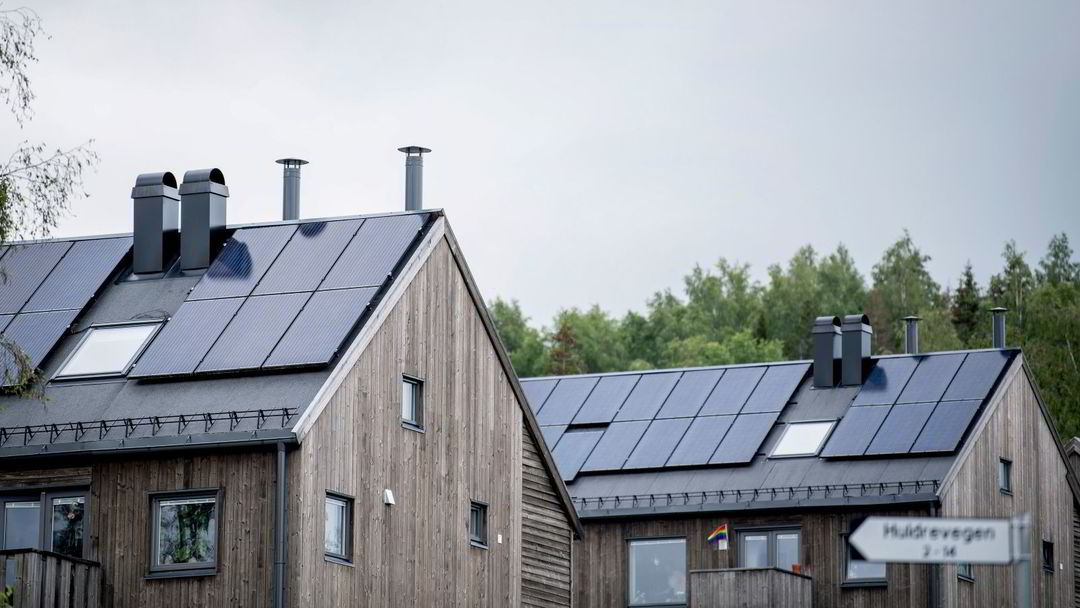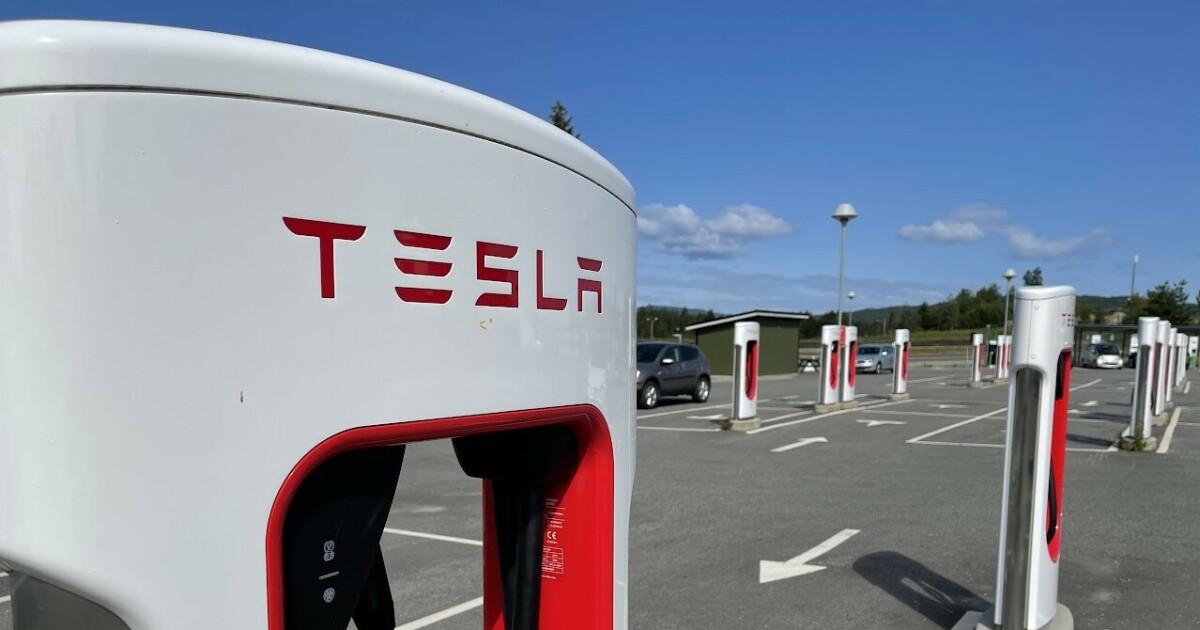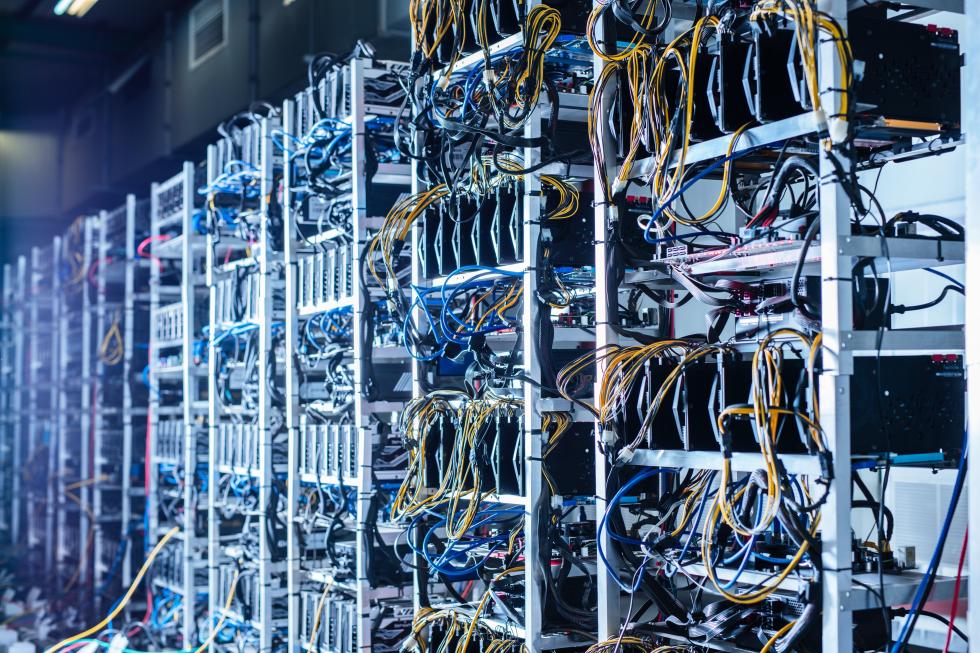None of us can solve the energy crisis on our own, but more of us are starting to look for opportunities to have more control over our electric bill. Installing solar cells on the roof of the house where you live or where you work is expensive, but given the high prices of electricity now, this can be profitable.
From a climate perspective, solar energy is also a gold mine: clean, renewable energy that comes to us absolutely free. We can use it ourselves or send it to the market so that selling electricity can reduce your electricity bill.

Trond Skgelrod
But as with most technologies, solar cells come with some challenges. In Norway, the challenges are primarily that production is lowest when we need it most and our electricity grid is not built with electricity in both directions in mind.
It wasn’t more than a decade ago when producing our own electricity would have been unthinkable for the vast majority of people, not least because Norwegian hydropower was so cheap and we had a huge energy surplus. Therefore, the power grid has not been established to fully utilize the production potential of solar cell technology.
Most people don’t have to think about the power grid on a daily basis, but at Elvia we hardly think about anything else. It is our responsibility to ensure that the electricity grid works for nearly two million people in the Central East region, and it is not good enough because it works most of the time.
If the power grid doesn’t run around the clock, every day, all year round, it can have disastrous consequences for both individuals and businesses who don’t get access to the electricity they need to stay warm and produce the goods they sell for a living.
Recently, this responsibility has made us concerned that planning for the future electrification situation, with an increasingly large component of privately produced energy, has not advanced enough.
We see the grid strained in ways it wasn’t built for, on sunny days, when people want to send the energy their solar systems produce onto the grid for someone else to use.
We also see that solar energy can be wasted, because those who produce it have nowhere to use it until they need it themselves.
In most cases, the power grid can handle domestic production, but as the amounts of domestically produced power increase, it’s important to have a plan that ensures we have the tools we need to avoid the unnecessarily high costs of boosting customers’ power grid. Expenses.
The technologies are currently being tested as a cheaper and faster alternative to traditional power grid upgrades, so that they are better prepared for the two-way traffic that results from people producing their own electricity. There is also battery technology that allows electricity produced during the day to be saved for use in the evening and at night.
We need joint recommendations, incentives and systems that ensure that customer production can interact with the electricity grid in a way that protects the benefit of domestically produced electricity while not increasing co-paid network costs more than necessary.
We need shared solutions that take care of the need for as much electricity as possible to be produced without undue investment in power grid upgrades.
This means, among other things, that we really have to see how increased access to battery or other storage capacity can contribute, and what regulatory measures need to be taken today to ensure correct and durable solutions for tomorrow.
A good start would be Enova’s support for installing batteries in installed solar power systems.
At Elvia, we see that both households and businesses have a strong incentive to lower their electricity bills and contribute to the green transition in whatever way they can. Be it through changing habits or investing in new technology. However, we cannot place full and complete responsibility on the private sector.
Society must unite to develop common standards and solutions that make it possible to achieve the best possible use of green energy. And we have to do it in a well-thought-out way, so that the solutions we choose today stick around for many years to come.
With a good plan where authorities, grid companies, the solar industry and consumers stand together, solar power can offer us a faster path to green transformation. Such a plan can reduce costs for both families and businesses and give us an increased competitiveness in the international market.
(Conditions)Copyright Dagens Næringsliv AS and/or our suppliers. We’d like you to share our statuses using links that lead directly to our pages. Reproduction or other use of all or part of the Content may be made only with written permission or as permitted by law. For additional terms look here.

“Web specialist. Lifelong zombie maven. Coffee ninja. Hipster-friendly analyst.”




